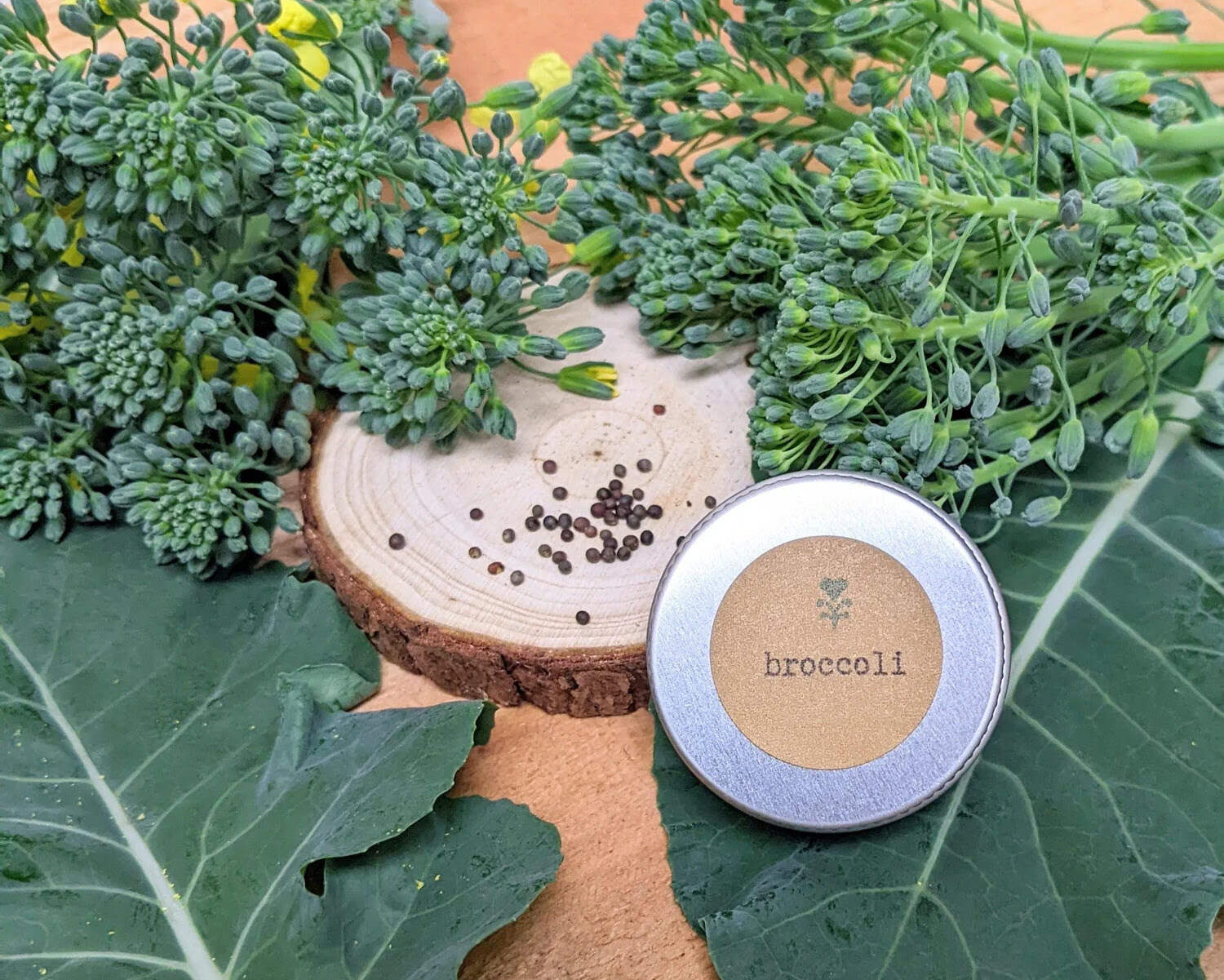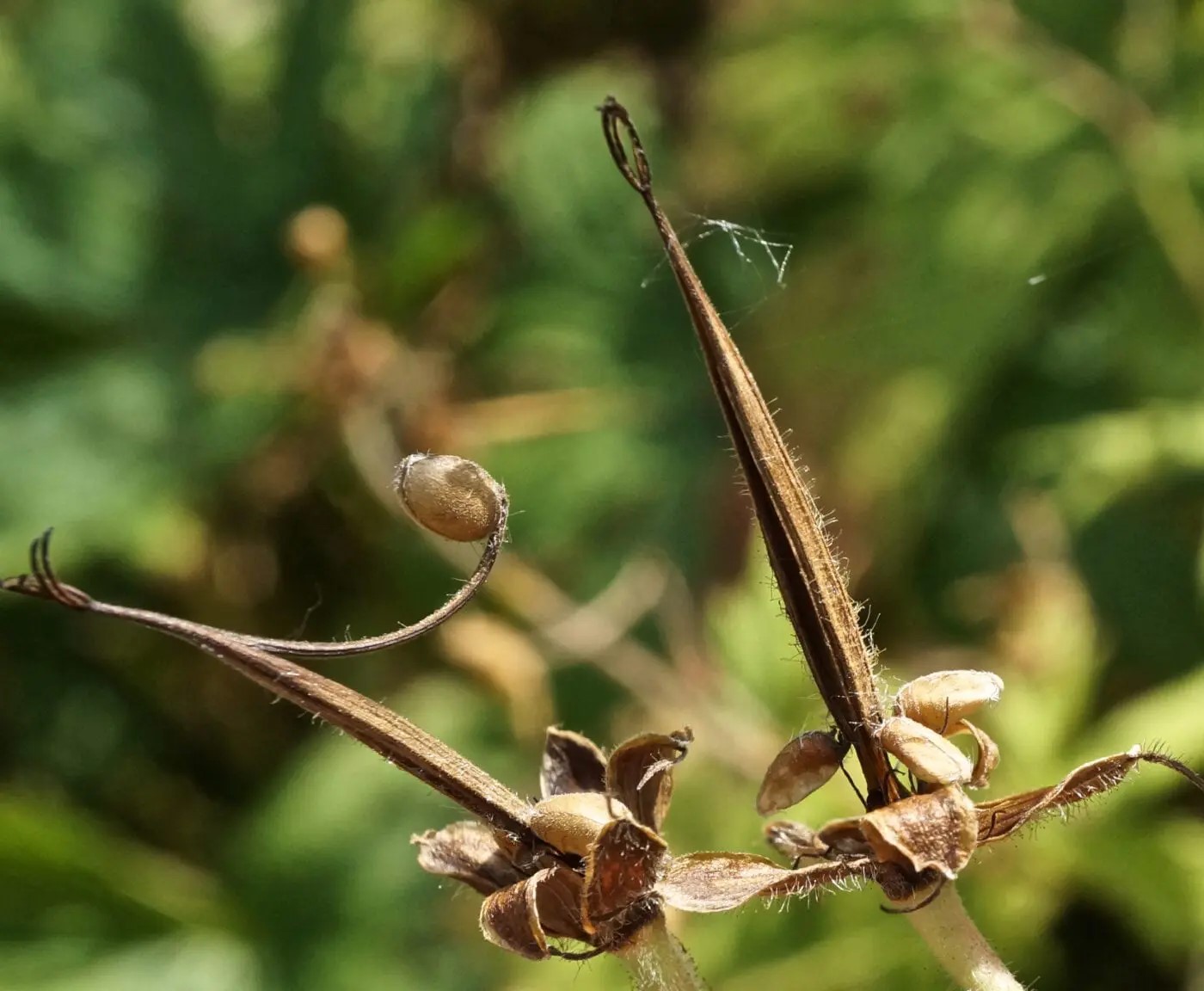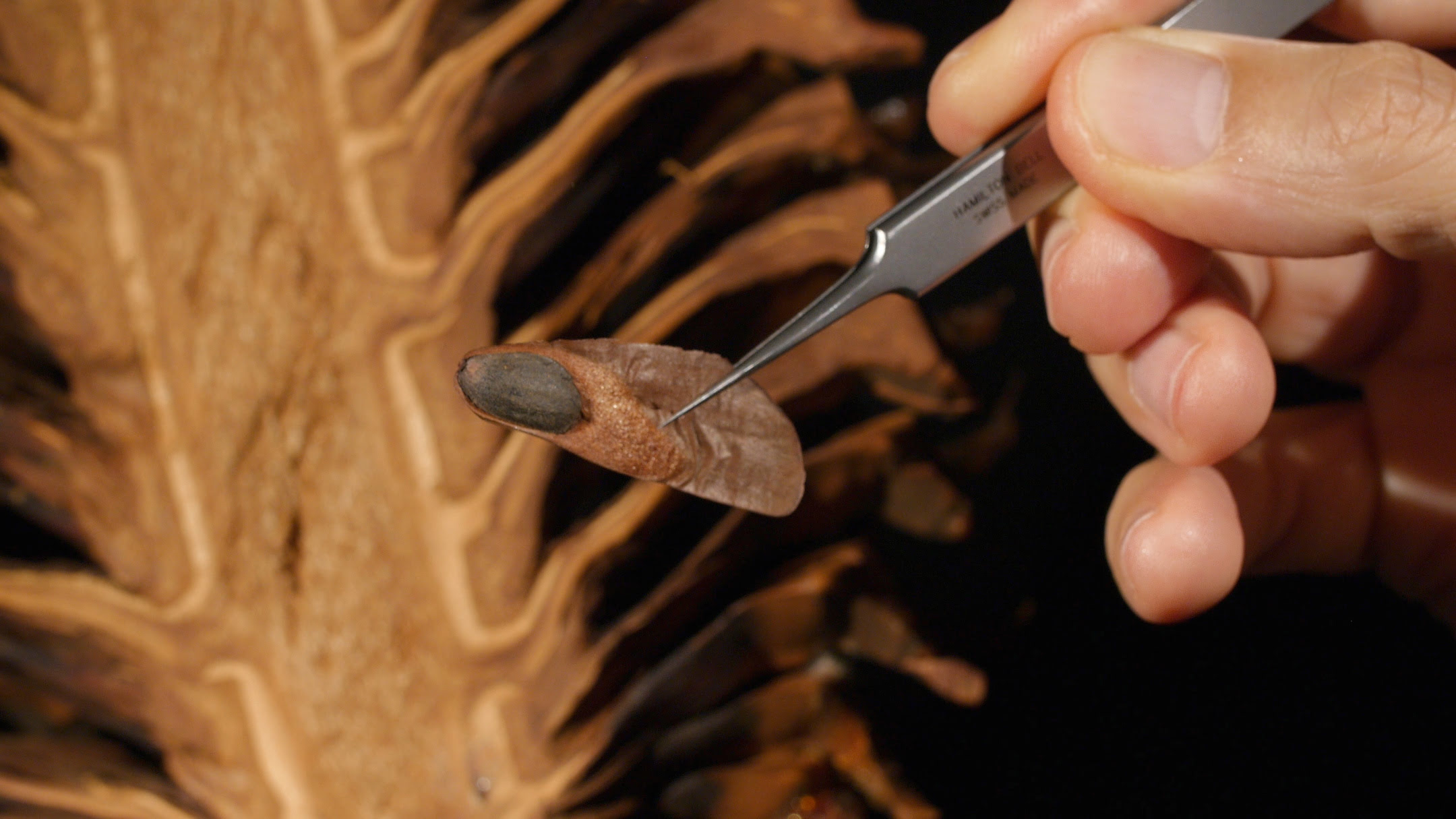Home>Garden Essentials>What Does Cumin Seeds Look Like


Garden Essentials
What Does Cumin Seeds Look Like
Modified: March 24, 2024
Discover what cumin seeds look like and learn how to grow them in your garden. Enhance your culinary adventures with this versatile and aromatic spice.
(Many of the links in this article redirect to a specific reviewed product. Your purchase of these products through affiliate links helps to generate commission for Storables.com, at no extra cost. Learn more)
Introduction
In the world of culinary delights, spices play a crucial role in adding flavor, aroma, and depth to dishes. One such versatile spice is cumin, revered for its distinct earthy, warm, and slightly nutty flavor. Cumin seeds are widely used in various cuisines around the globe, from Indian curries to Mexican salsas.
But have you ever wondered what cumin seeds actually look like? In this article, we will delve into the appearance of cumin seeds, exploring their color, size, shape, and texture. Understanding these characteristics will not only help you recognize and appreciate cumin seeds in their whole form but also assist in identifying their quality and freshness.
Key Takeaways:
- Cumin seeds are small, brown, and slightly curved with a dry, rough texture. Their appearance and texture contribute to their rich flavor and make them versatile for various dishes.
- The vibrant brown color, small size, and unique shape of cumin seeds indicate freshness and flavor potency. Understanding their appearance helps in selecting high-quality spices for cooking.
Read more: What Does Calendula Seeds Look Like
Appearance of Cumin Seeds
When it comes to the appearance of cumin seeds, there are several key features to take note of. Let’s explore them in detail:
- Color: Cumin seeds have a rich, warm brown color. They are often described as a deep shade of amber or a medium to dark brown hue. The color may vary slightly depending on the variety and origin of the cumin seeds.
- Size and Shape: Cumin seeds are tiny, elongated ovals with a length of about 4-5 mm (0.16-0.20 inches). They have a slightly curved shape and are known for their small size. While individual seeds may vary in size, they generally maintain a consistent shape that makes them easily recognizable.
- Texture: The texture of cumin seeds is dry and slightly rough to the touch. When you hold a cumin seed between your fingers, you may feel a light graininess. This texture is characteristic of cumin seeds and is a result of their drying process.
Overall, cumin seeds have a visually appealing appearance with their deep brown color, small and elongated shape, and slightly rough texture. These characteristics contribute to their distinctive identity and make them stand out among other spices in your kitchen cabinet.
Color of Cumin Seeds
The color of cumin seeds is an important characteristic that not only adds to their visual appeal but also gives valuable insights into their quality and flavor profile. Let’s explore the color of cumin seeds in more detail:
Cumin seeds typically have a rich, warm brown color. They can be described as a deep shade of amber or a medium to dark brown hue. The intensity of the color may vary slightly depending on factors such as the variety of cumin seeds and the conditions in which they were grown and processed.
When purchasing cumin seeds, it is important to look for seeds that have a uniform and vibrant brown color. This indicates freshness and good quality. Avoid cumin seeds that appear dull, faded, or have any discoloration like spots or patches, as this may be a sign of age or poor storage conditions.
The brown color of cumin seeds is primarily due to the presence of essential oils and pigments. These natural compounds contribute to the distinct flavor and aroma of cumin. The darker the color, the more intense and robust the flavor is likely to be.
It’s worth noting that there are also some regional variations in the color of cumin seeds. For example, Indian cumin seeds are often darker and have a more intense brown color compared to Mediterranean or Middle Eastern varieties.
In summary, the color of cumin seeds plays an important role in determining their freshness, quality, and flavor profile. Opt for cumin seeds with a rich, uniform, and vibrant brown color to ensure that you are getting the best culinary experience from this versatile spice.
Cumin seeds are small and elongated with ridges, resembling caraway seeds but slightly larger. They are a brownish color and have a strong, warm aroma.
Size and Shape of Cumin Seeds
The size and shape of cumin seeds are distinct characteristics that set them apart from other spices. Let’s explore the details of their size and shape:
Cumin seeds are small in size, measuring approximately 4-5 mm (0.16-0.20 inches) in length. They are elongated ovals with a slightly curved shape. While individual seeds may vary slightly in size, they generally maintain a consistent shape, making them easily recognizable.
The small size of cumin seeds is advantageous in culinary applications. It allows for easy incorporation into various dishes without overpowering the overall texture or appearance. Their compact size also ensures that their distinct flavor is evenly distributed throughout the dish.
Cumin seeds have a unique shape that sets them apart from other seeds and spices. The elongated oval shape with a slight curve gives them a distinct appearance. This shape not only contributes to their visual appeal but also makes them easier to handle and grind. The curved shape allows the seeds to roll against each other, enhancing the release of their aromatic oils during the grinding process.
When purchasing cumin seeds, it is important to look for seeds that are uniform in size and shape. This indicates consistent quality and ensures a more consistent flavor profile when using them in your culinary endeavors.
In summary, cumin seeds are small and elongated, with a curved shape. Their consistent size and shape make them easily identifiable and suitable for various culinary applications. So whether you’re using them whole or ground, the size and shape of cumin seeds contribute to their overall versatility and ease of use.
Texture of Cumin Seeds
The texture of cumin seeds is an important aspect of their overall sensory experience. Let’s explore the texture of cumin seeds in more detail:
Cumin seeds have a dry and slightly rough texture. When you hold a cumin seed between your fingers, you may notice a light graininess or slight roughness. This texture is a result of the drying process that cumin seeds undergo after being harvested.
The dry texture of cumin seeds is beneficial for their longevity and shelf stability. It allows them to be stored for extended periods without losing their flavor or aroma. The dryness also facilitates easy grinding, making it convenient to create freshly ground cumin powder for cooking.
When chewed, cumin seeds release a burst of flavor and a subtle crunch. The texture adds a pleasant element to dishes while providing a satisfying sensory experience for the palate.
It’s important to note that the texture of cumin seeds can vary slightly depending on factors such as the age and quality of the seeds. Fresh, high-quality cumin seeds tend to have a more pronounced texture, while older or lower-quality seeds may have a softer or less distinct texture.
When purchasing cumin seeds, it’s recommended to look for seeds that have a dry and firm texture. Avoid seeds that feel damp or overly soft, as this may indicate a loss of freshness or potential moisture contamination.
In summary, the texture of cumin seeds is dry and slightly rough, contributing to their longevity, ease of grinding, and overall sensory experience. The distinct texture adds a delightful element to dishes, making cumin seeds a cherished and versatile spice in the culinary world.
Read more: What Does Corn Seed Look Like
Conclusion
Cumin seeds, with their distinctive appearance and characteristics, are an essential spice in the culinary world. Understanding their appearance, color, size, shape, and texture not only enhances our appreciation for this versatile spice but also helps us identify and select the best quality cumin seeds for our cooking endeavors.
When it comes to the appearance of cumin seeds, their rich, warm brown color is a visual delight that hints at the depth of flavor they possess. The small, elongated ovals with a slightly curved shape make cumin seeds easily recognizable and suitable for various culinary applications. The dry and slightly rough texture adds a delightful crunch and releases the flavors when chewed or ground.
By paying attention to the color, size, shape, and texture of cumin seeds, we can ensure that we are using fresh and high-quality spices in our dishes. Vibrant brown color, uniform size, and a dry texture are indicators of freshness and flavor potency.
Whether you’re using cumin seeds in Indian curries, Mexican salsas, or spice blends of your own creation, understanding their appearance and characteristics adds to your culinary expertise and allows you to create dishes that are rich in flavor and aroma.
In conclusion, cumin seeds are a treasure trove of flavor and a key ingredient in many cuisines. So, the next time you come across these tiny brown seeds, take a moment to appreciate their appearance and texture, as they hold the potential to elevate your dishes to new culinary heights.
Frequently Asked Questions about What Does Cumin Seeds Look Like
Was this page helpful?
At Storables.com, we guarantee accurate and reliable information. Our content, validated by Expert Board Contributors, is crafted following stringent Editorial Policies. We're committed to providing you with well-researched, expert-backed insights for all your informational needs.















0 thoughts on “What Does Cumin Seeds Look Like”